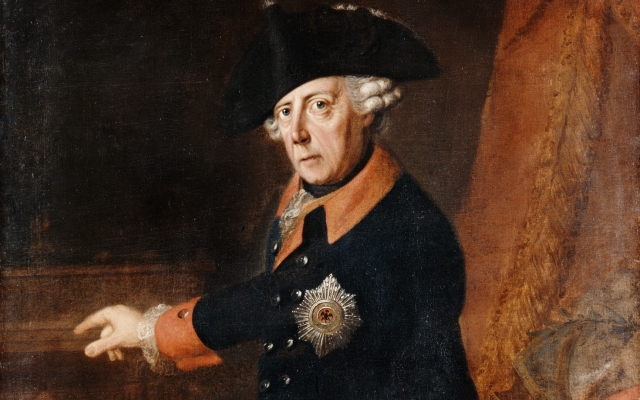Five Traits of the Better Leader
This is one of our free-to-access content pieces. To gain access to all Ideas for Leaders content please Log In Here or if you are not already a Subscriber then Subscribe Here.

Becoming a good leader requires having to work hard on yourself, even if good leaders make it look easy. The same traits – or dimensions – that are traditionally considered essential for executives to grow can in fact become a hindrance for them. Executives should practice self-awareness, and learn to adapt when needed.
How can leaders recognize and manage their psychological preferences and personality traits? This is the question the authors explore in this article. Interviewing over 2,000 international executives attending leadership programs at Duke University, London Business School and IMD, they identify the most common leadership pitfalls.
The authors found that even the most successful executives have had to work hard on themselves, and need to understand their natural inclinations in order to modify or compensate for them. In addition, executives need to recognize their outlier tendencies and learn how others perceive those tendencies.
The authors compare the common pitfalls they found against the ‘Big 5,’ which they describe as the five broad dimensions comprising a cluster of traits that have been identified by psychologists as distinguishing individuals from one another. These dimensions appear so robust that they have been dubbed the Big Five.
Highlighting each of the Big 5, the authors explain how the same traits that are generally considered necessary for good leadership can become detrimental – in other words, “too much of a good thing.” The objective, they say, is not to undergo a personality change, but to be yourself with more skill. Successful leaders have to work on themselves in order to manage potentially career-limiting traits.
The authors highlight how the Big 5 traits can become a source of problems for executives, even if they are working for them right now:
The inevitable starting point, say the authors, is self-awareness, and executives must first understand where their natural inclinations lie in order to boost them or compensate for them.
In this respect, they provide examples in their article of executives that have successfully exercised self-awareness, ranging from the CEO of PepsiCo to the Thomas Cook Group.

Ideas for Leaders is a free-to-access site. If you enjoy our content and find it valuable, please consider subscribing to our Developing Leaders Quarterly publication, this presents academic, business and consultant perspectives on leadership issues in a beautifully produced, small volume delivered to your desk four times a year.

For the less than the price of a coffee a week you can read over 650 summaries of research that cost universities over $1 billion to produce.
Use our Ideas to:
Speak to us on how else you can leverage this content to benefit your organization. info@ideasforleaders.com